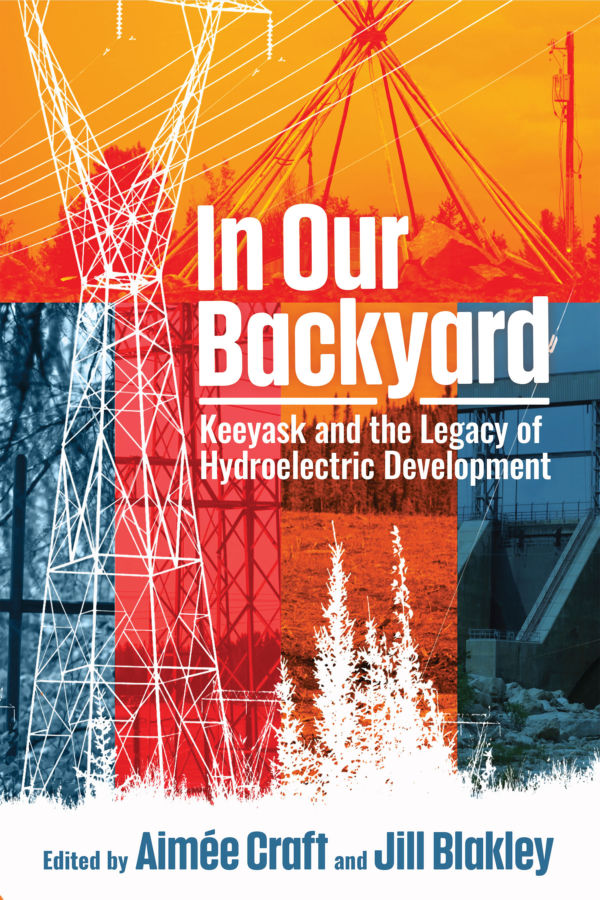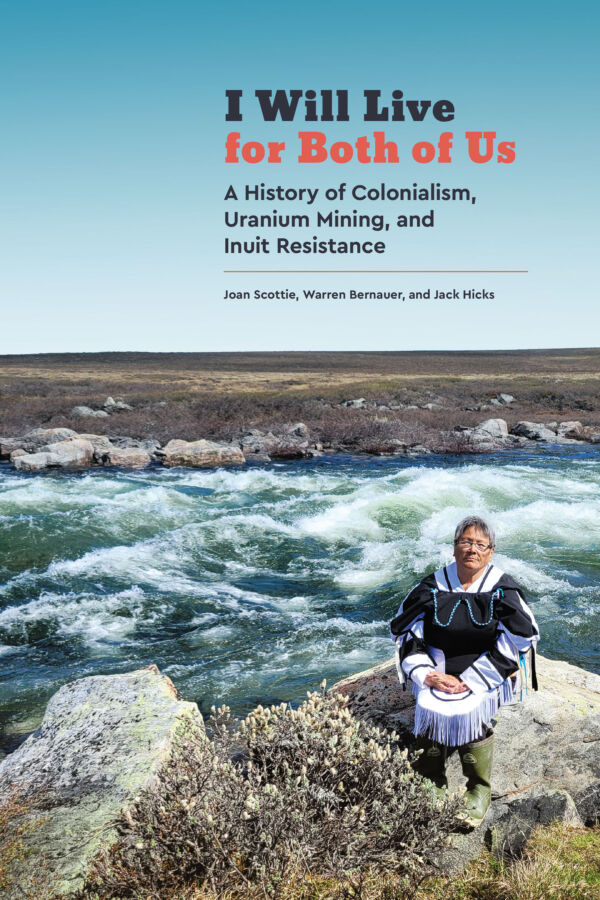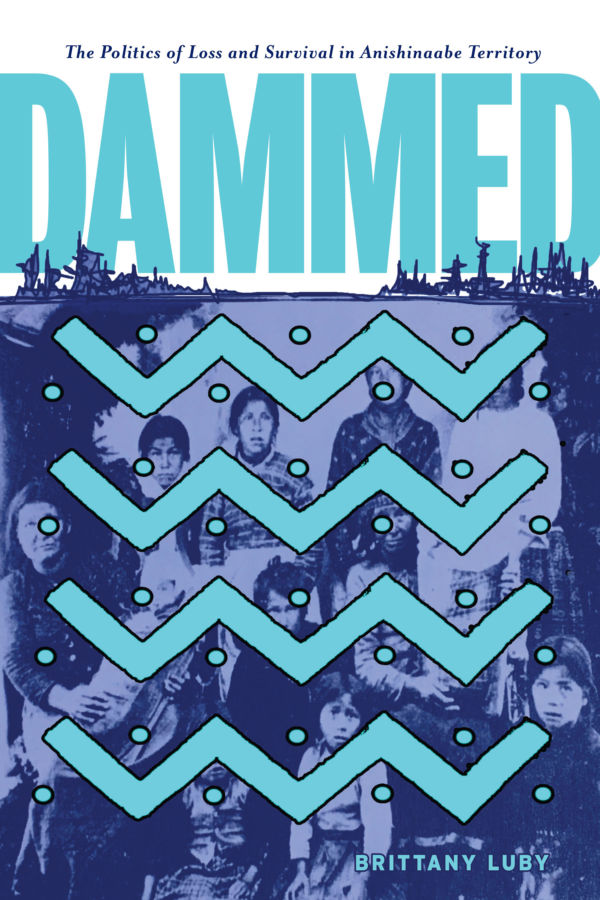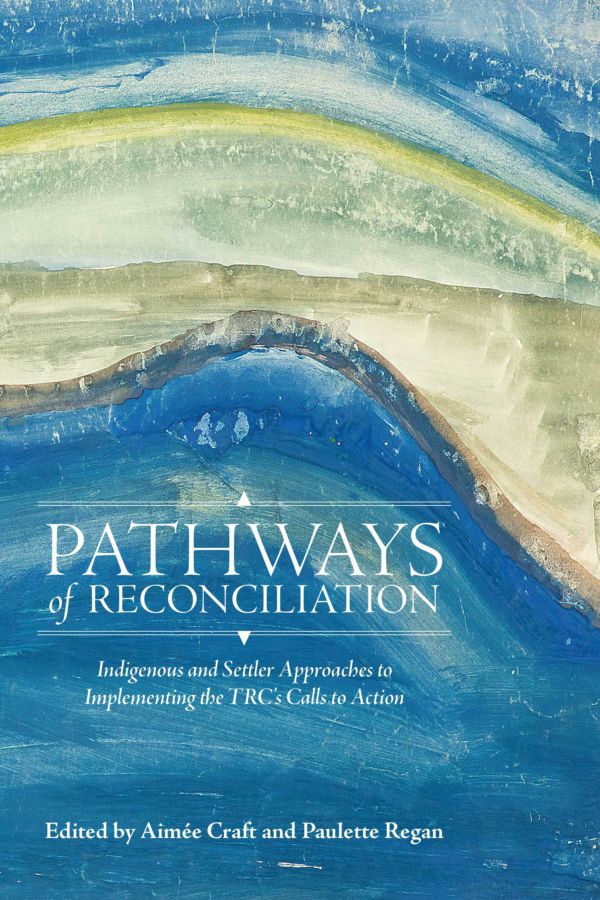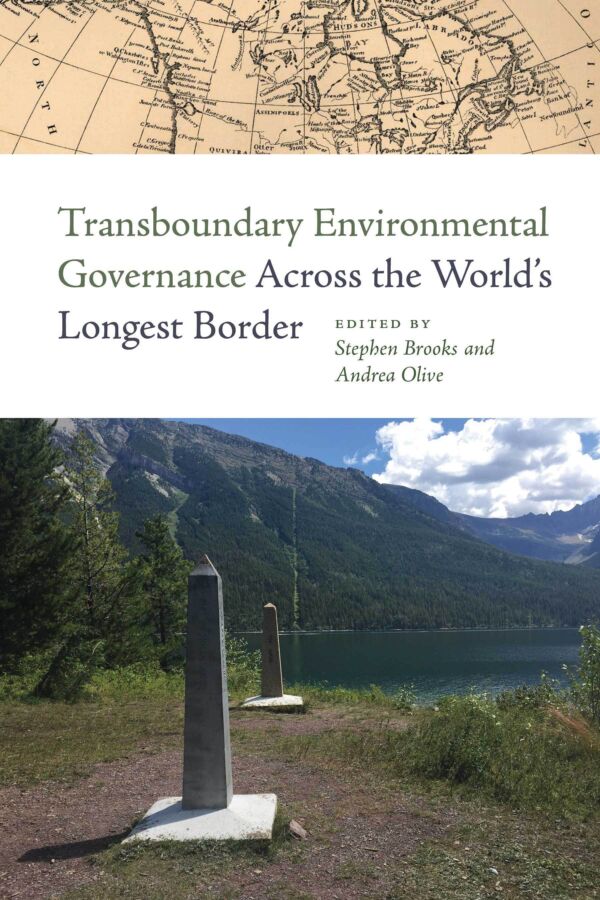Overview
Beginning with the Grand Rapids Dam in the 1960s, hydroelectric development has dramatically altered the social, political, and physical landscape of northern Manitoba. The Nelson River has been cut up into segments and fractured by a string of dams, for which the Churchill River had to be diverted and new inflow points from Lake Winnipeg created to manage their capacity. Historic mighty rapids have shrivelled into dry river beds. Manitoba Hydro's Keeyask dam and generating station will expand the existing network of 15 dams and 13,800 km of transmission lines.
In Our Backyard tells the story of the Keeyask dam and accompanying development on the Nelson River from the perspective of Indigenous peoples, academics, scientists, and regulators. It builds on the rich environmental and economic evaluations documented in the Clean Environment Commission’s public hearings on Keeyask in 2012. It amplifies Indigenous voices that environmental assessment and regulatory processes have often failed to incorporate and provides a basis for ongoing decision-making and scholarship relating to Keeyask and resource development more generally. It considers cumulative, regional, and strategic impact assessments; Indigenous worldviews and laws within the regulatory and decision-making process; the economics of development; models for monitoring and management; consideration of affected species; and cultural and social impacts.
With a provincial and federal regulatory regime that is struggling with important questions around the balance between development and sustainability, and in light of the inherent rights of Indigenous people to land, livelihoods, and self-determination, In Our Backyard offers critical reflections that highlight the need for purposeful dialogue, principled decision making, and a better legacy of northern development in the future.
Reviews
"In Our Backyard illuminates the gaps between the rhetoric and realities of the approval process…and provides an important snapshot well informed by the history of hydro development in Manitoba of Indigenous/settler relations as they occur within the particular context of resource development in Canada."
Ryan Bowie, Environmental and Urban Change, York University
Awards
Margaret McWilliams Book Award for Local History, Manitoba Historical Society (2023)
About the Authors
Other contributors: Will Braun, Jerry Buckland, Alan Diduck, Joseph Dipple, Steve Ducharme, Leslie Dysart, Patricia Fitzpatrick, Kyrke Gaudreau, Robert Gibson, Asfia Gulrukh Kamal, Annette Lutterman, Noah Massan, Ovide Mercredi, Bram Noble, Melanie O’Gorman, Agnieszka Pawlowska- Mainville, James Robson, Terry Sargeant, James Schaefer, Byron Williams
Table of Contents
Intro: Built on the Back of the Turtle: Reflections on How Hydroelectric Dams Have Changed Landscapes
Part 1: The Evolution of Hydroelectric Development in Northern Manitoba
Ch: 1 When Dreams and Markets Collide: Regulatory Gaps and the Keeyask Generating Station
Ch: 2 Concrete Impulse: A Critique of the Pro-Keeyask Narrative
Community Voices– “Born Into Debt: Wuskwatim”
Ch: 3 The Augmented Flow Program: Impacts on South Indian Lake
Part 2: Impacts of Hydroelectric Development in Northern Manitoba
Community Voices – “The Hurt I Carry With Me”
Ch: 4 The Keeyask Project: “No Significant Cumulative Effects?”
Ch: 5 Divergent Worldviews and Environmental Assessment
Community Voices – “What Happened in Fox Lake”
Ch: 6 “The Flooders” and “the Cree”: Challenging the Hydro Metanarrative Using Achimowinak Stories
Community Voices – “What About the Sturgeon?”
Ch: 7 Beavers, Sturgeon and Terns: How River Regulation Can Affect Aquatic and Riparian Ecosystems in Northern Manitoba
Ch: 8 The Conservation of Caribou: Matters of Space, Time, and Scale
Ch: 9 Connections and Disconnections: A Review of the Regional Cumulative Effects
Community Voices – “We Are the Family”
Part 3: Partnership Building and Hydroelectric Development
Ch: 10 The Honour of the Crown and Hydroelectric Development in Manitoba
Community Voices – “Act of God”
Ch: 11 Social License, Consent, and the Keeyask Project
Ch: 12 The Keeyask Model from a Community Economic Development Perspective
Part 4: What Is Good Development? Legacy Building in the North
Community Voices: "Hiding from Hydro"
Ch: 13 The Two-Track Approach: Foundations for Indigenous and Western Frameworks in Environmental Evaluation
Community Voices – “The Relation to Our Land”
Ch: 14 Good Development Should Not End With Environmental Assessment: Adaptive Management in Northern Development
Ch: 15 Will There Be Lasting Gains? Sustainability Assessment, Keeyask, and the Manitoba Power System Plan
Conclusion: Pathways to a Better Legacy of Development in Northern Manitoba

